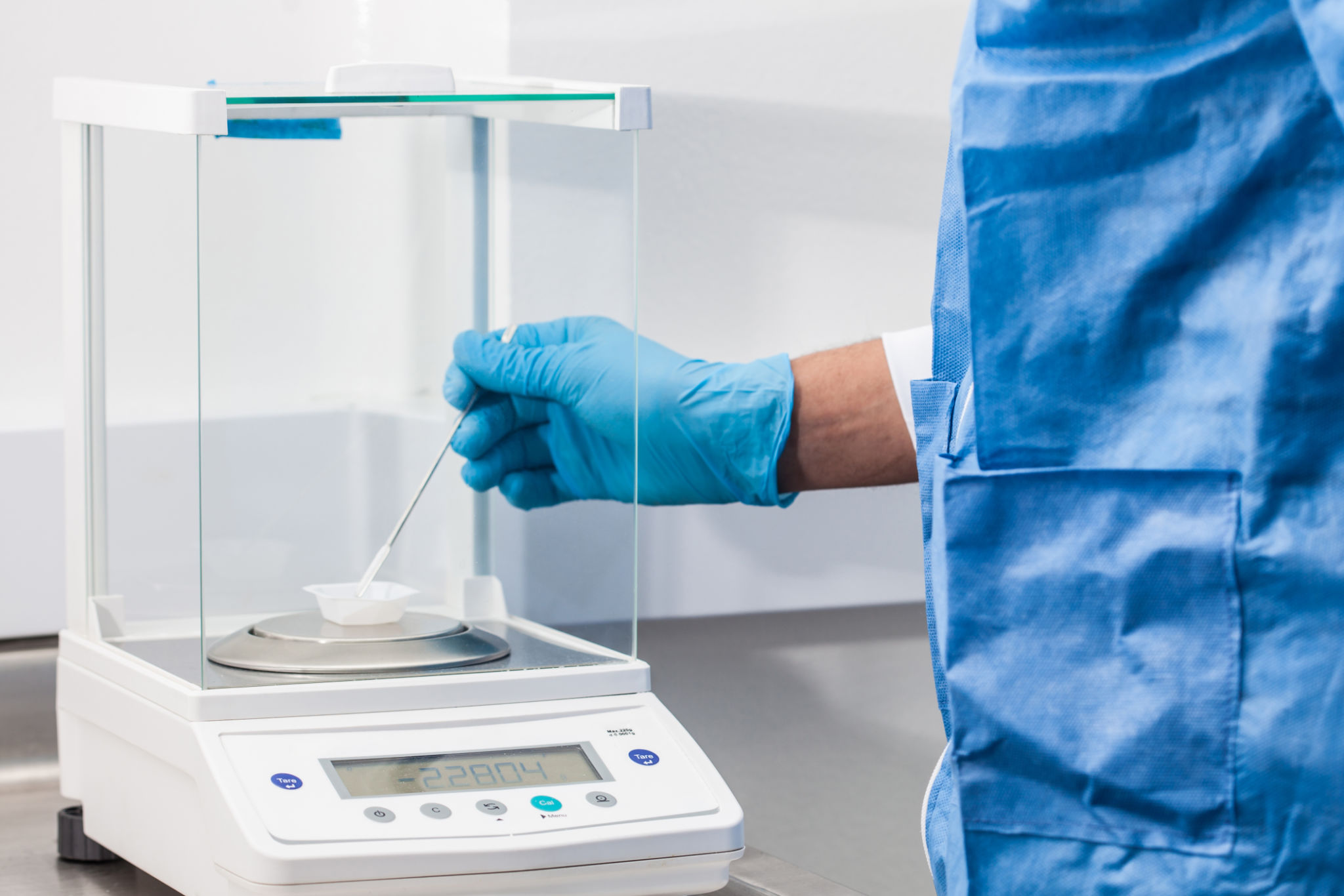How to Prepare Your Business for a Biosecurity Audit
Understanding Biosecurity Audits
Biosecurity audits are essential for businesses, particularly those in agriculture, food production, and healthcare. These audits ensure that your operations comply with regulations aimed at preventing the spread of diseases and protecting public health. Preparing for a biosecurity audit can be a daunting task, but with the right approach, you can ensure that your business is compliant and ready for inspection.
Reviewing Current Biosecurity Measures
The first step in preparing for a biosecurity audit is to review your current biosecurity measures. Evaluate your existing protocols and identify areas that need improvement. This includes assessing sanitation practices, employee training programs, and the effectiveness of equipment used in maintaining hygiene standards. Make sure all protocols are documented and easily accessible for review during the audit.
Additionally, ensure that your biosecurity measures align with the latest industry standards and regulations. Staying updated with changes in regulations will help you avoid potential compliance issues. Regularly consult industry publications and government websites to keep abreast of new developments.

Training and Educating Staff
Your staff plays a crucial role in maintaining biosecurity standards. Proper training and education are essential to ensure that all employees understand their responsibilities regarding biosecurity. Conduct regular training sessions where staff can learn about the latest regulations, best practices, and how to identify potential risks. This not only prepares them for the audit but also fosters a culture of vigilance and responsibility within your organization.
Consider creating a training manual or online resources that employees can refer to as needed. This will serve as a valuable tool for new hires and as a refresher for existing staff.

Conducting Internal Audits
Before the official audit, conduct internal audits to evaluate your preparedness. Internal audits help identify weaknesses in your biosecurity measures and provide an opportunity to address them before the actual audit. Develop a checklist based on audit criteria and assign a team to conduct these evaluations. This proactive approach will give you confidence that your systems are robust and compliant.
During internal audits, simulate real audit conditions to familiarize your team with what to expect. This will reduce anxiety and improve performance during the actual audit.
Maintaining Accurate Records
Accurate record-keeping is vital for passing a biosecurity audit. Ensure that all documentation related to biosecurity measures, including training logs, sanitation schedules, and incident reports, is up-to-date and well-organized. These records demonstrate your commitment to maintaining high standards and can be instrumental in resolving any discrepancies during the audit.

Implementing Corrective Actions
If internal audits reveal any deficiencies, implement corrective actions promptly. Document these actions and monitor their effectiveness over time. This not only improves your biosecurity measures but also provides evidence of continuous improvement, which auditors view favorably.
Regularly review and update your corrective action plans to adapt to new challenges and maintain compliance with evolving regulations.
Engaging with Industry Experts
Finally, consider engaging with industry experts or consultants who specialize in biosecurity compliance. Their insights can provide an external perspective on your operations and help identify areas you might have overlooked. They can also offer tailored advice to enhance your preparedness for the audit.
Remember, a successful biosecurity audit not only safeguards public health but also enhances your business's reputation. By following these guidelines, you can ensure that your business is well-prepared and compliant with all necessary regulations.